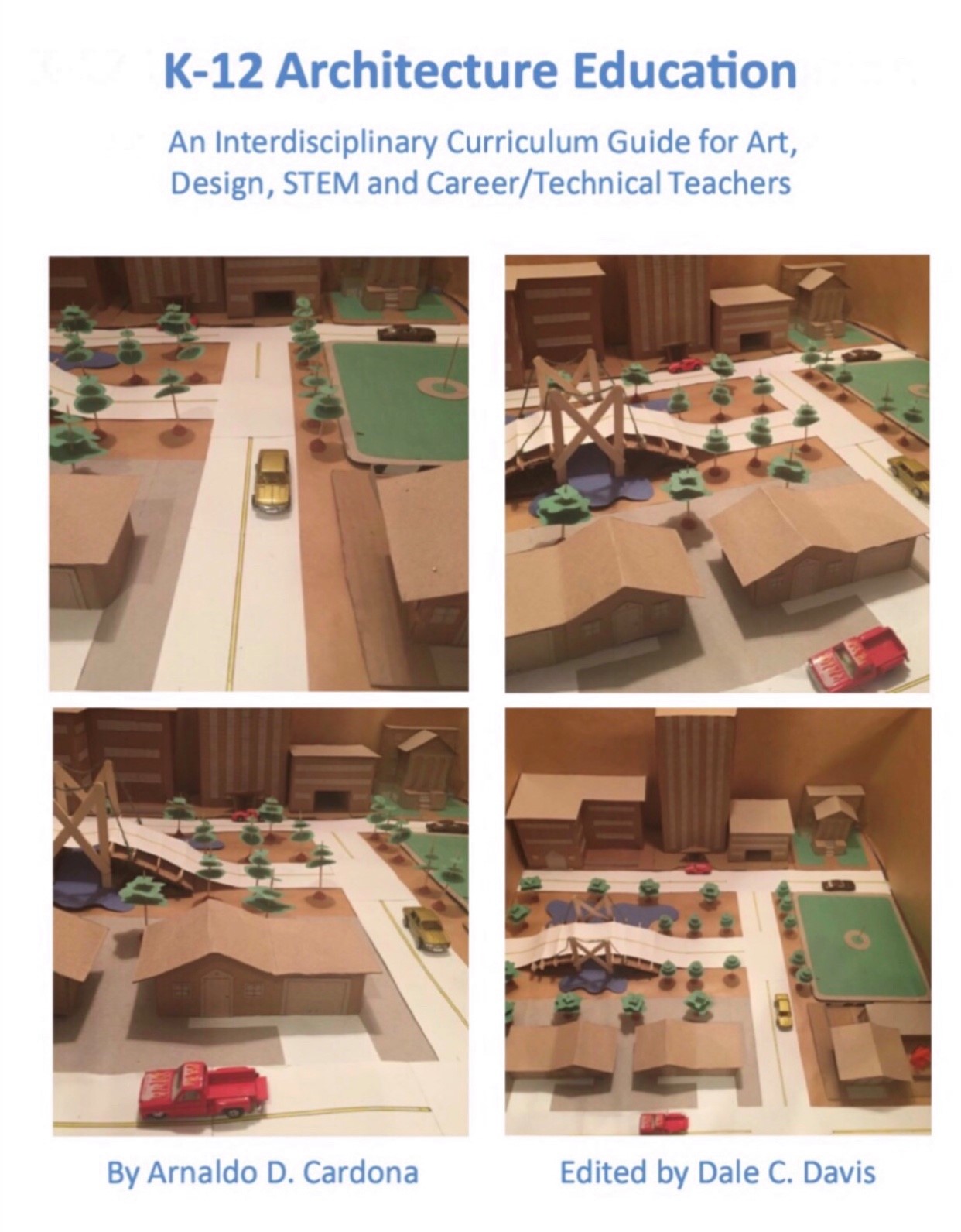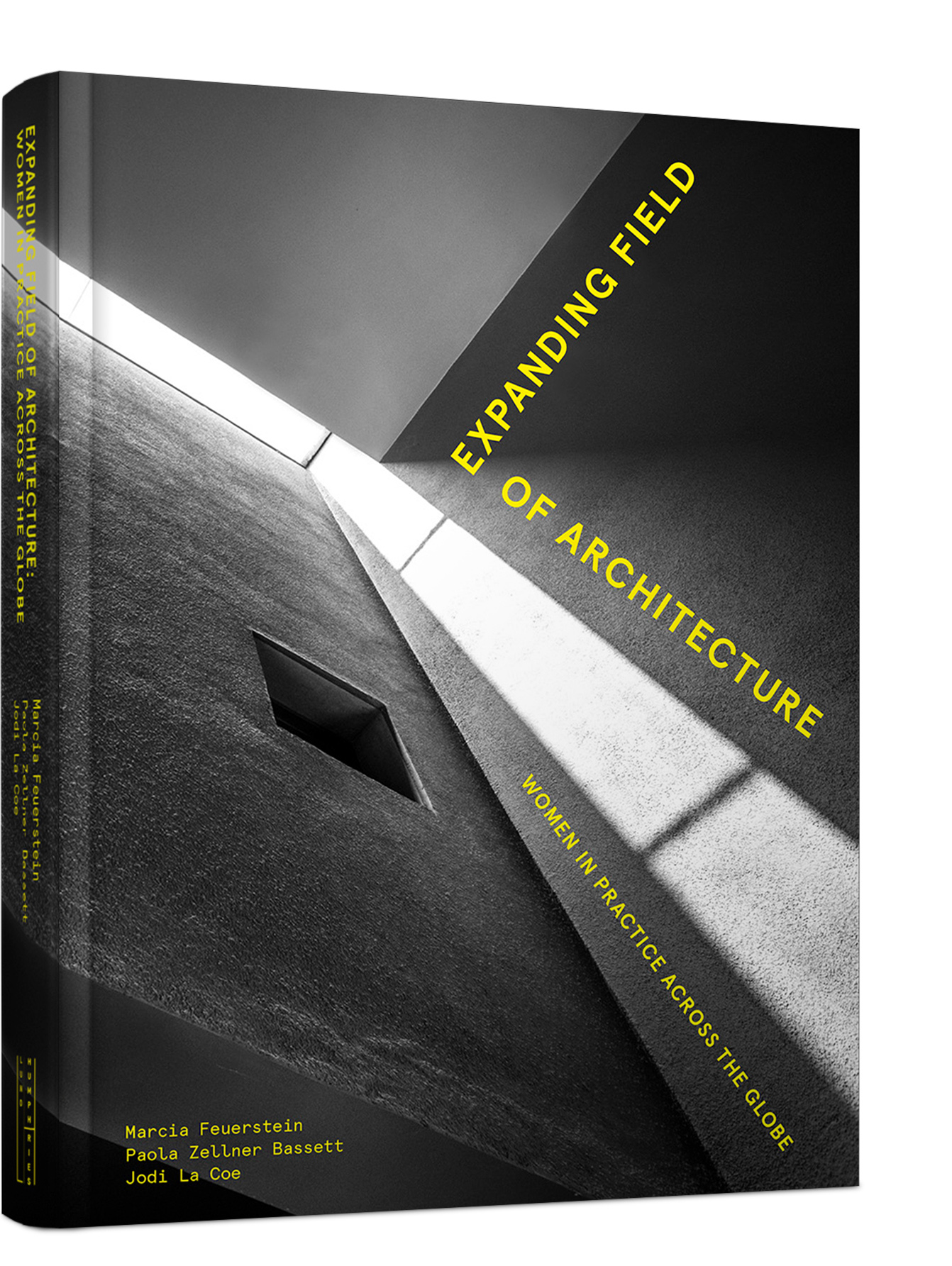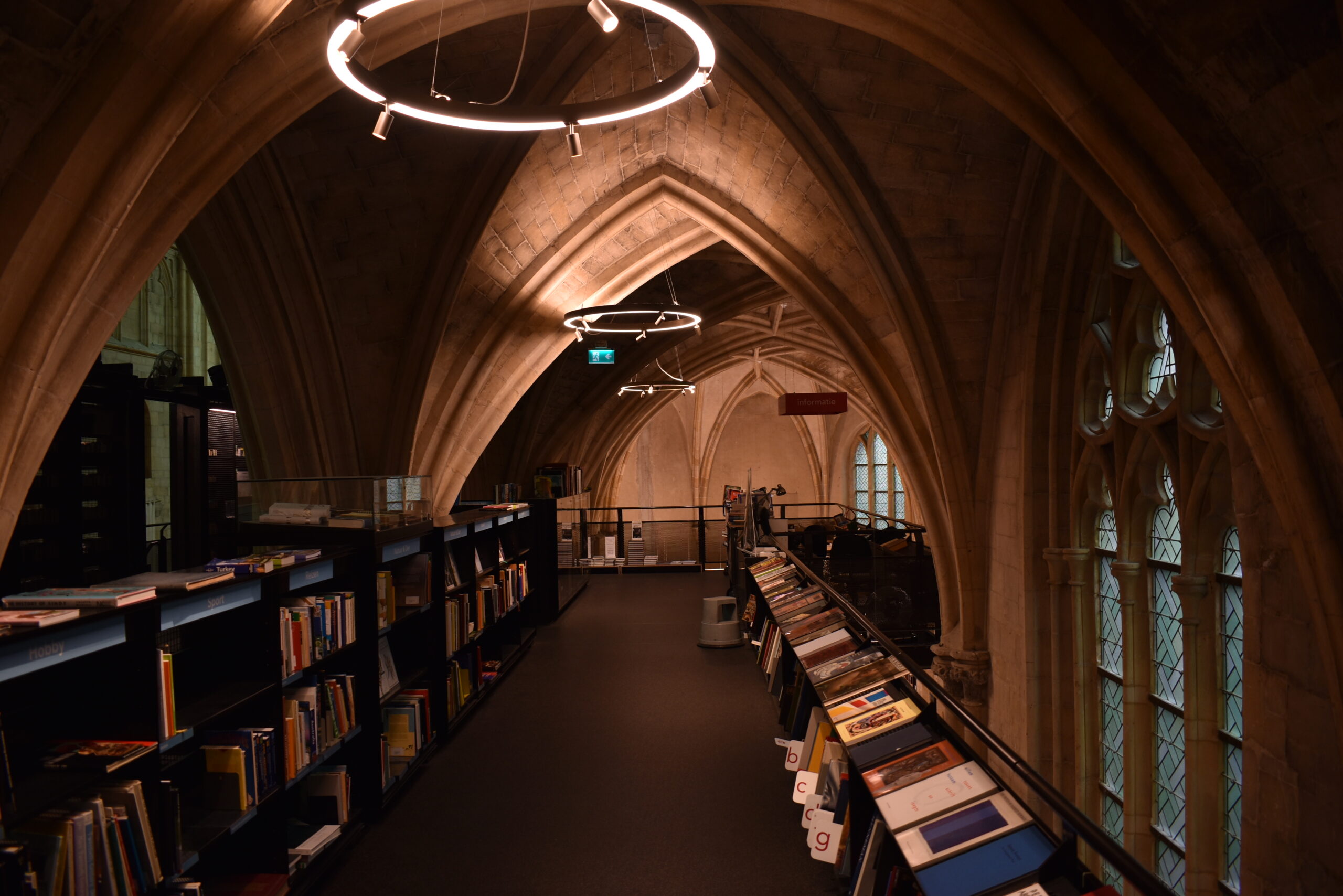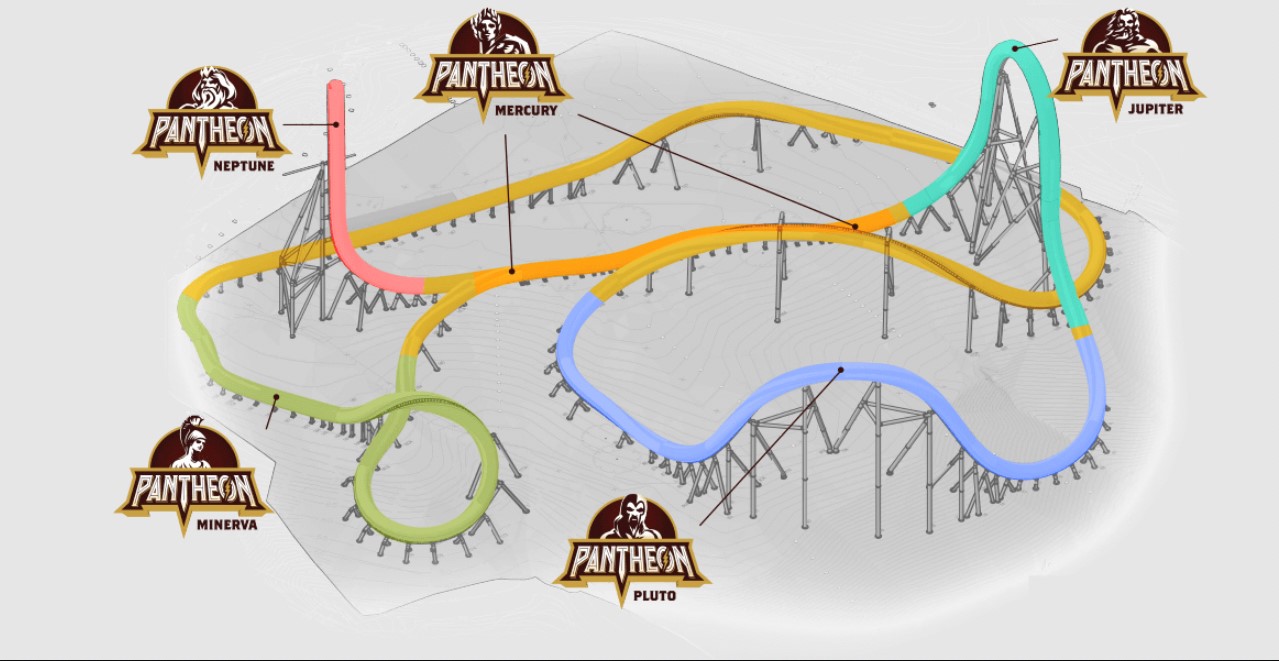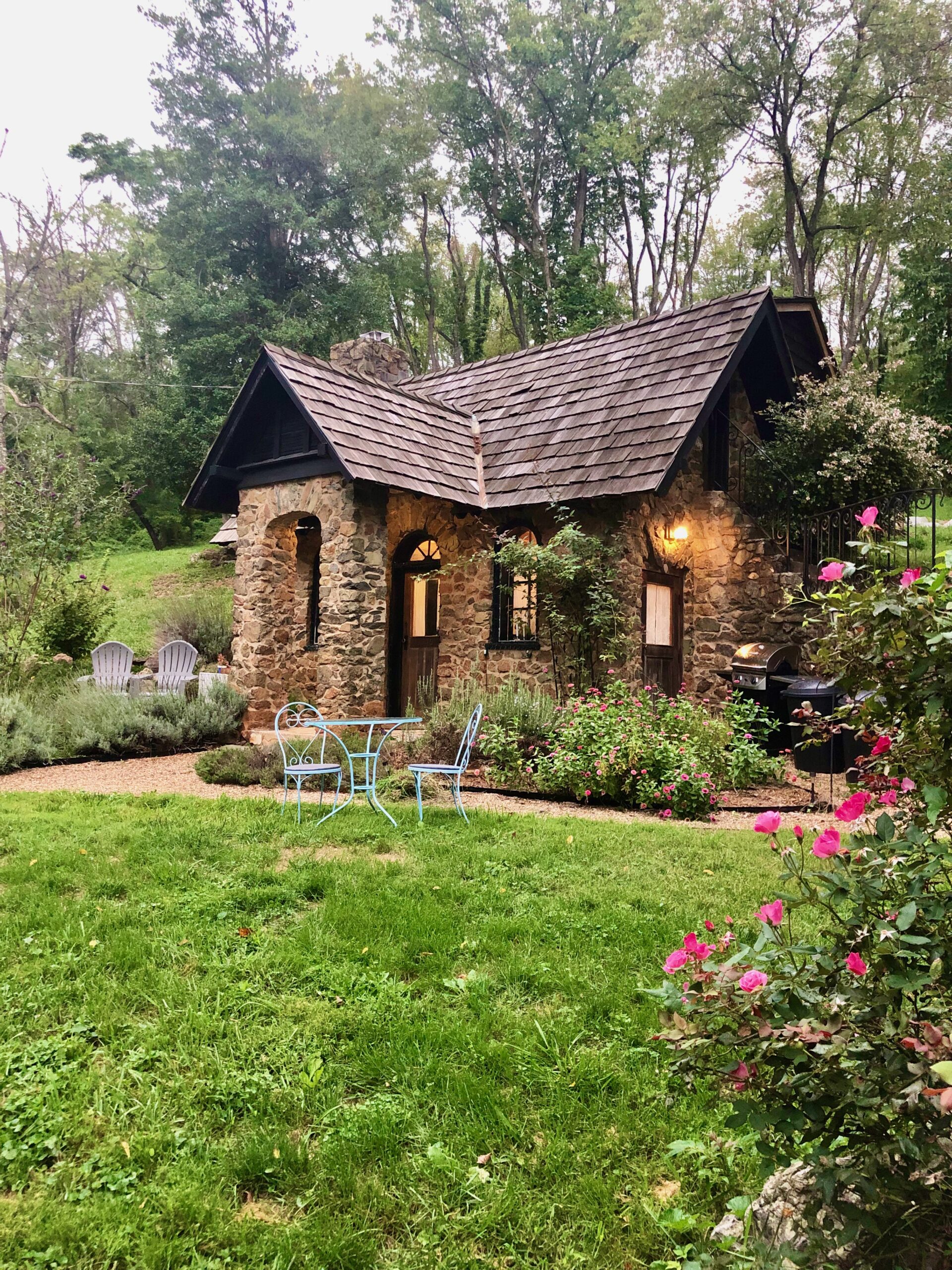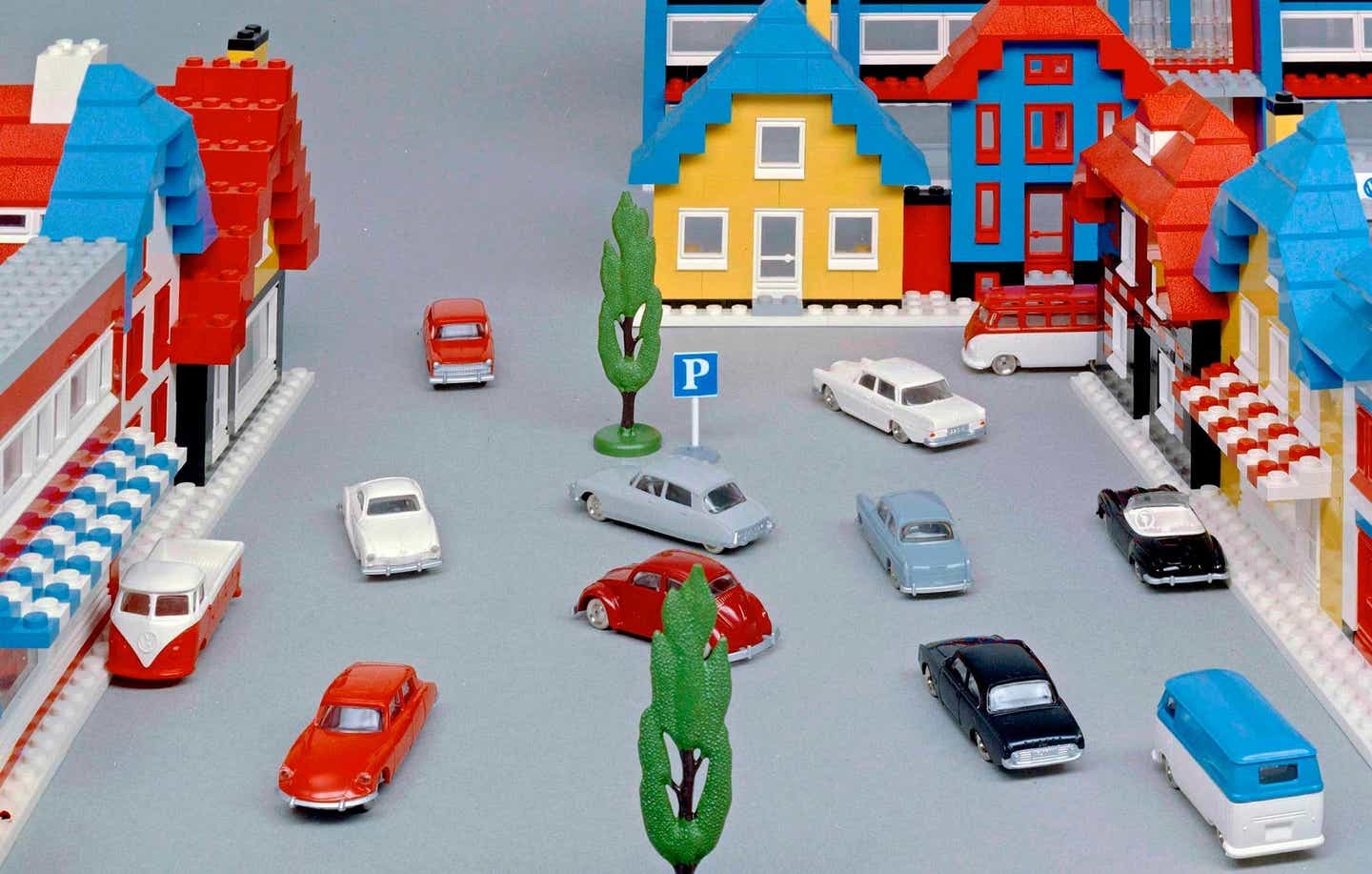Architecture Exchange East 2022 boasts a three-day agenda with top-tier speakers, events meant to foster meaningful engagement and education under the banner of “Rebuilding Community.” The annual event, which offers both virtual and in-person ticket options, offers the kind of interactions that the profession has craved over the last couple of years, with organizer AIA Virginia forging its theme centered on rebuilding communities by reconnecting architects and industry professionals from around the Commonwealth.
More »New Book Offers Real-World, Interdisciplinary STEM Lessons Using Architecture to Bridge Disciplinary Divides
Architecture education activist and author Arnaldo D. Cardona, whose career has been focused on advancing interdisciplinary learning approaches, published an innovative curriculum guide with today’s classrooms in mind. By providing hands-on activities that demonstrate how architecture is an ideal springboard to engage students in Science, Technology, Engineering, and Math (STEM), he integrates interdisciplinary strategies, critical thinking, standards of learning, rubrics, and portfolio assessment. Using a performance-based approach, he lays a solid educational foundation in which students learn by discovery.
More »Expanding Field of Architecture: Women in Practice across the Globe
Featuring more than 400 illustrations, including beautiful color photography and architectural drawings, this book highlights outstanding works from forty leading women architects across the globe
The Heathen’s Guide to Going to Church: Adaptive Reuse of a Bygone Typology
THE STORY
The heart of communities in the West has always been the church, where congregants have not only worshiped and found greater meaning in their lives, but built their social lives around this hub. However, in recent decades, changing demographics and secularization have depreciated the church’s position as the social locus of society. This phenomenon is particularly conspicuous in Europe where its large, historic cathedrals have become progressively more vacant.
More »See the Pantheon, Ride the Pantheon
At a top speed of 73 miles per hour and a 95 degree drop, thrill seekers can experience the world’s fastest multi-launch roller coaster at Busch Gardens Williamsburg this summer.
More »Virginia is for Lovers, Yurts
Travel has changed over the last two years. The uptick in flexible schedules and remote work means people are leaving home for longer periods of time and traveling to new destinations. This summer, AAA predicted that car travel is expected to set a new record despite the historically high gas prices.
More »LEGO Fanatics–er, Architects–Rejoice!
One would be hard-pressed to find an architect whose story doesn’t begin with the fascination of LEGO. The tiny plastic bricks, with its “stud and tube” connection added just enough stability for structure but plenty of flexibility for the imagination. A childhood that was literally laying the foundation for a future career in architecture.
Chesterfield County, Virginia, is now the future home of the next carbon-neutral LEGO factory. The toy company is investing more than $1 billion to build the facility of 1.7 million square feet and employ more than 1,760 people.
Located on a 340-acre tract that includes Meadowville Tech Park, LEGO pledged to create a highly energy efficient site. One hundred percent of its energy needs will be matched by onsite renewable sources through an onsite solar park.
“We were impressed with all that Virginia has to offer, from access to a skilled workforce, support for high-quality manufacturers, and great transport links,” Niels Christiansen, CEO of the family-owned company headquartered in Billund, Denmark, said in a statement. “We appreciate support for our ambition to build a carbon-neutral run facility and construct a solar park and are looking forward to building a great team.”
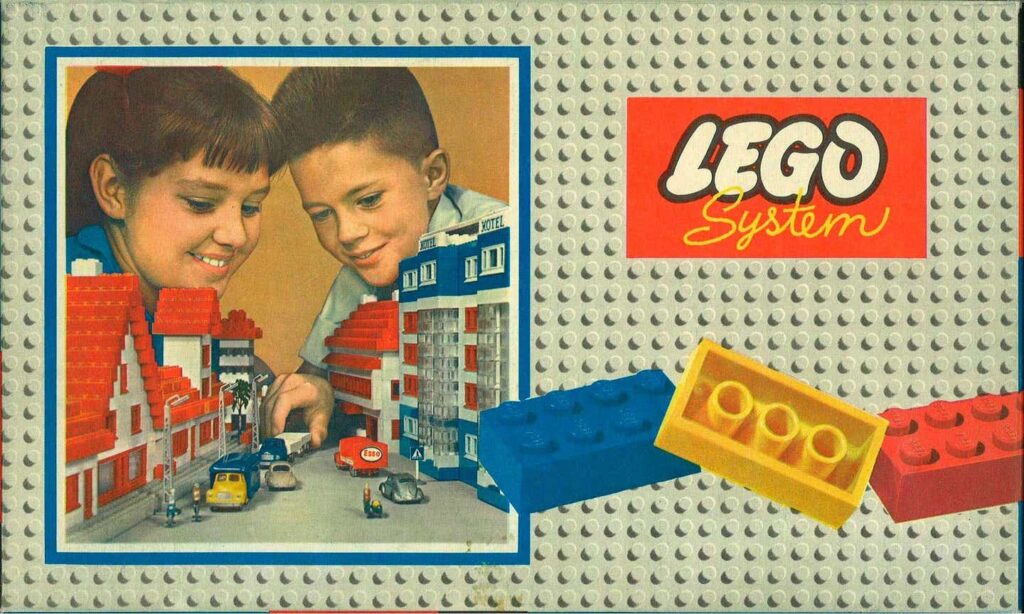
Securing the project was a joint effort between the Virginia Economic Development Partnership who worked with Chesterfield County, the Greater Richmond Partnership, and the General Assembly’s Major Employment and Investment Project Approval Commission.
“The LEGO Group’s decision to establish its U.S. manufacturing plant in Virginia shines a global spotlight on the advantages that make the Commonwealth the best business location in the nation, and we look forward to a long and successful partnership with this iconic company,” said Governor Glenn Youngkin in a statement.
Since LEGO’s inception in the 1930s, the company’s founder, Ole Kirk Kristiansen, was dedicated to the design, quality and precision of the toys–all things architects’ value in their own work. Each LEGO brick is molded to the accuracy of a hair’s width (5my/0.005mm) to ensure the perfect ‘clutch power’ that holds LEGO creations together.
“The LEGO Group’s combination of creativity and sustainable business practices is a perfect fit for our region and we’re happy to help them build for tomorrow,” said Jennifer Wakefield, President + CEO of the Greater Richmond Partnership.
Construction is slated to begin this fall and be completed in 2025, including the onsite solar park.
Team Three is an editorial and creative consultancy based in Washington, DC.


